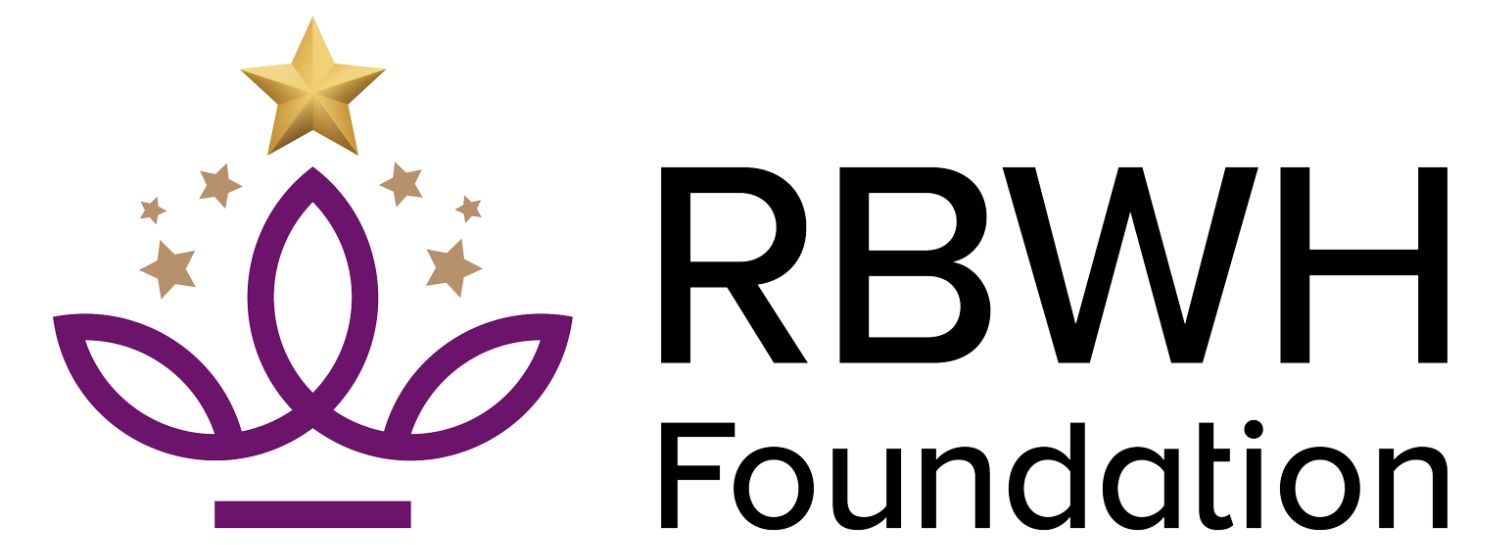Projects
Hydrostatic Casting in Prosthetics
2022 Extraordinary Opportunities Grant
Share this project
Project description
Andrew MacDonald, an orthotist and prosthetist at Royal Brisbane and Women's Hospital (RBWH), implemented a new innovative hydrocasting system that accurately captured a limb's anatomy under full weight bearing conditions to create prosthetic sockets.
Why this is needed
Socket fit is vital to the comfort, suspension, control and acceptance of a lower extremity prosthesis. The traditional hand casting techniques, used at RBWH and its outreach clinics, impose limitations in terms of capturing the likely pressures of a prosthetic socket under weightbearing load. In addition to long wait times for protheses to be manufactured, patients also faced discomfort with the end result, often wearing their prosthesis for only a few hours a day.
The new system provides a better fit, allowing patients to wear their prostheses for up to 6-8h daily. This is possible because during the casting process, the patient rests theirs affected limb on a silicone membrane, inserted into a cylinder filled with water. This optimal hydrostatic (water) pressure is applied to the limb while in full weight bearing, allowing sensitive areas, bony structures, pressure and pain points to be identified. Fewer adjustments mean patients spend less time at hospital appointments, improving their quality of life.
Outcomes
This change is helping patients to regain independence, perform daily activities, and return to hobbies like hiking and spending time with family. They report significantly improved comfort, which extends wear time and allows for a more active lifestyle.
Patients are able to complete rehabilitation faster and reduce their reliance on carers. This leads to a quicker discharge from medical services and more time spent enjoying life, mirroring their pre-amputation activities. Overall, the project has enhanced patients' independence and quality of life.
Meet the Project Leader

Andrew MacDonald
Orthotist/Prosthetist
RBWH Orthotics and Prosthetics
Andrew MacDonald
Andrew MacDonald is a qualified prosthetist/ orthotist and has worked at the RBWH for the past 5 years. During this time, he has worked in both an acute and rehabilitation setting with a particular focus on interim prosthetic management.
Andrew completed his training in 2018 before being awarded a Queensland Health scholarship to begin practicing at the RBWH. During his studies he was fortunate enough to complete training both domestically as well as abroad. Completing part of his training in Ireland provided him the opportunity to observe complex prosthetic and orthotic cases at a nation leading facility.
Whilst at the RBWH Andrew has led a quality improvement project implementing the use of pressure mapping in orthotic management. This project focused particularly on using pressure mapping to investigate the role of insoles in offloading pressure wounds in a diabetic population. Furthermore, he has contributed to a project presented at the International Society for Prosthetics and Orthotics investigating the incidence of adverse outcomes in Halo management.
Now in a primarily prosthetics role, Andrew enjoys working with amputees through the initial phases of their rehabilitation; ensuring they can return to the activities that they enjoyed doing prior to their amputation. He believes that developing and implementing innovative approaches to prosthetic care is at the forefront of ensuring that patients receive the best prosthetic treatment possible.
.




